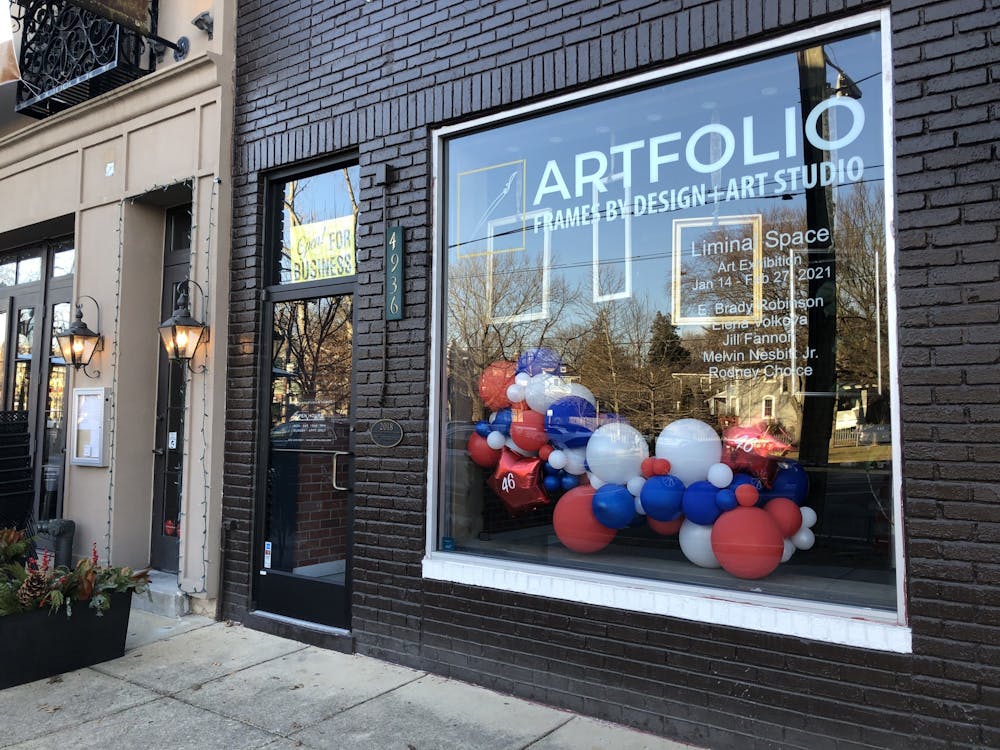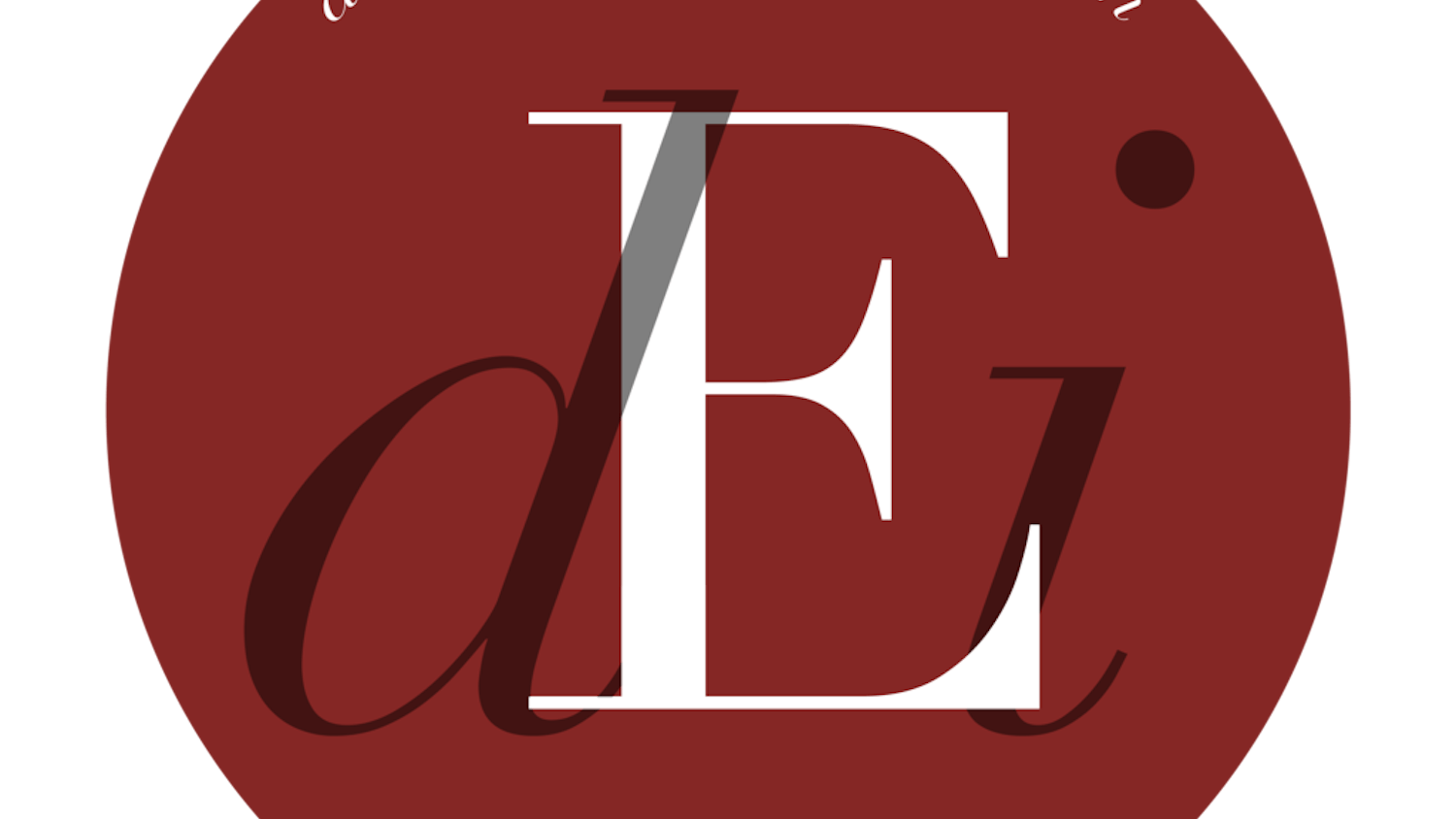Correction: This article has been updated since it was first published with the correct hours in which the gallery is open.
A liminal space is a threshold. It is the moment between what was and what will be. It is a space without labels or defining lines.
For many, the past year has felt like a liminal space. The coronavirus pandemic has forced many of us to forgo norms that make our lives feel stable and live, not for the day-to-day, but rather for a future where we can go back to “normal.” Black Lives Matter protests from last summer have left many waiting to see what change will occur due to public outcry. And, for the past few months, the U.S. has also waited in its own separate liminal space, between the end of one presidential term and the beginning of another.
As a means of reckoning with these spaces of ambiguity and confusion, the Formerly Was gallery is putting on a new art exhibition called “Liminal Space,” which is on view until Feb. 27. This exhibition features five artists whose art welcomes the viewer to reflect on the past year. The five artists — E. Brady Robinson, Elena Volkova, Jill Fannon, Rodney Choice and Melvin Nesbitt Jr. — use photography and collage to depict their experiences with the pandemic and the summer’s BLM protests.
If you miss wandering around museums — as most D.C. students do — this Tenleytown-based display is a perfect excuse to step out of your school/work/sleep space for a while and reflect. The space is only about 740 square feet with just a few pieces from each artist adorning its walls, but its contents hold heavy significance.
The display features four different photo series and two works of collage. Robinson’s photo series, “2020,” captures life in Baltimore during the pandemic. Volkova’s photo series, “Meanwhile,” features moments of transition to symbolize the experience of living through the pandemic. Fannon’s photo series, “Care in the Garden,” contains portraits of both health care workers’ faces and those who facilitate care in non-medical ways. Choice’s “DC Streets” photo series shows his observations of D.C. residents experiencing the pandemic and Black Lives Matter protests firsthand.
The only non-photography art displayed is Nesbitt Jr.'s two works of collage. His work centers the child’s experience of poverty and hunger in the face of unemployment.
These art installations are timely and can make you feel connected at a time when connecting with others feels nearly impossible. The display does away with attempts at escapism and promises to face today’s issues head-on. Each artist’s perspective on the summer’s protests or the pandemic offers the viewer a chance to reflect on what the past year’s events mean.
Joumana Moukarim, the founding director of Formerly Was, earned a master’s in fine arts from American University. She first opened the gallery in 2017, in Bethesda. It was previously known as “WAS gallery.”
The gallery is open from 11 a.m. until 5 p.m. Tuesday through Saturday. Each Saturday, one of the featured artists in “Liminal Space” stops by at 1 p.m. for a few hours to discuss their work with onlookers. Masks are required inside the gallery, but there is not a stated capacity limit.
The Formerly Was gallery is located at 4936 Wisconsin Ave NW at Artfolio Studio and Framing, about a 10 minute walk from either the Tenleytown Metro station or the Friendship Heights Metro station.





